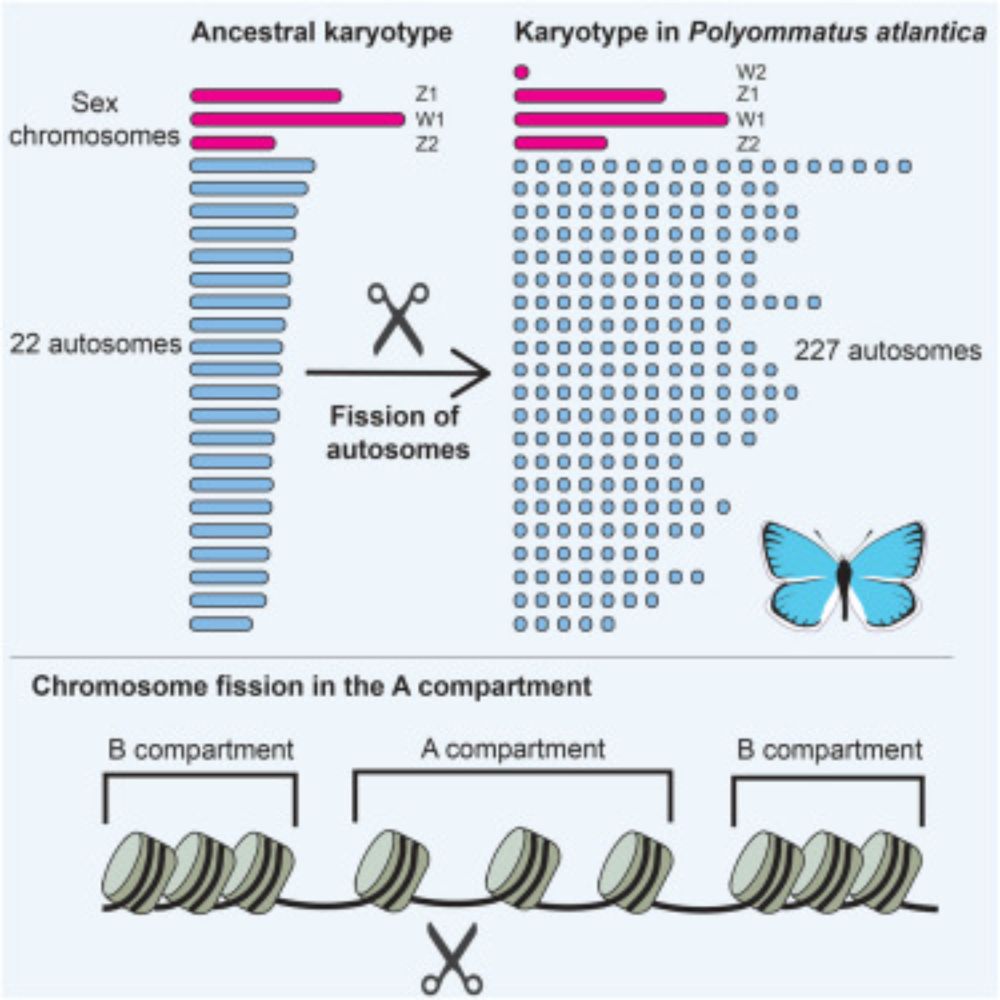🧪
arxiv.org/abs/2511.01675

🧪
arxiv.org/abs/2511.01675
@jordiplam.bsky.social shows how it follows a least action principle,letting physics do the job arxiv.org/pdf/2511.08531
@drmichaellevin.bsky.social @docteur-drey.bsky.social

@jordiplam.bsky.social shows how it follows a least action principle,letting physics do the job arxiv.org/pdf/2511.08531
@drmichaellevin.bsky.social @docteur-drey.bsky.social

arxiv.org/abs/2510.19976
"Morphological computational capacity of Physarum polycephalum"
Suyash Bajpai, Aviva Lucas-DeMott, @msahsorin.bsky.social, Philip Kurian

arxiv.org/abs/2510.19976
"Morphological computational capacity of Physarum polycephalum"
Suyash Bajpai, Aviva Lucas-DeMott, @msahsorin.bsky.social, Philip Kurian



#MicroSky 🦠
journals.asm.org/doi/10.1128/...
@asm.org #JBacteriology

#MicroSky 🦠
TLDR -- most cancers do not have microbiomes...but a few do have consistent microbe associations (i.e., colorectal and oral cancers). Make sense!

TLDR -- most cancers do not have microbiomes...but a few do have consistent microbe associations (i.e., colorectal and oral cancers). Make sense!

doi.org/10.5281/zeno...
We unpick the tech industry’s marketing, hype, & harm; and we argue for safeguarding higher education, critical
thinking, expertise, academic freedom, & scientific integrity.
1/n




doi.org/10.5281/zeno...
We unpick the tech industry’s marketing, hype, & harm; and we argue for safeguarding higher education, critical
thinking, expertise, academic freedom, & scientific integrity.
1/n

🧬🦠🖥️ #synbio #systemsbiology #cognition

🧬🦠🖥️ #synbio #systemsbiology #cognition
In our paper out now in @currentbiology.bsky.social we show that the Atlas blue butterfly has 229 chromosome pairs- the highest in diploid Metazoa! These arose by rapid autosome fragmentation while sex chromosomes stayed intact.
www.cell.com/current-biol...

In our paper out now in @currentbiology.bsky.social we show that the Atlas blue butterfly has 229 chromosome pairs- the highest in diploid Metazoa! These arose by rapid autosome fragmentation while sex chromosomes stayed intact.
www.cell.com/current-biol...

www.youtube.com/watch?v=O9HE... #biotech #synbio #AI

www.youtube.com/watch?v=O9HE... #biotech #synbio #AI
"Selective spread of mobile antibiotic resistance genes in wastewater microbiomes driven by the non-antibiotic pharmaceutical carbamazepine"
www.biorxiv.org/content/10.1...
#AMR #microsky

"Selective spread of mobile antibiotic resistance genes in wastewater microbiomes driven by the non-antibiotic pharmaceutical carbamazepine"
www.biorxiv.org/content/10.1...
#AMR #microsky

@cp-trendsmicrobiol.bsky.social Opinion from @laurameredith.bsky.social
www.sciencedirect.com/science/arti...

@cp-trendsmicrobiol.bsky.social Opinion from @laurameredith.bsky.social
www.sciencedirect.com/science/arti...

Feel free to to try it, we can send strains and plasmids!
academic.oup.com/nar/article/...

Feel free to to try it, we can send strains and plasmids!
academic.oup.com/nar/article/...



